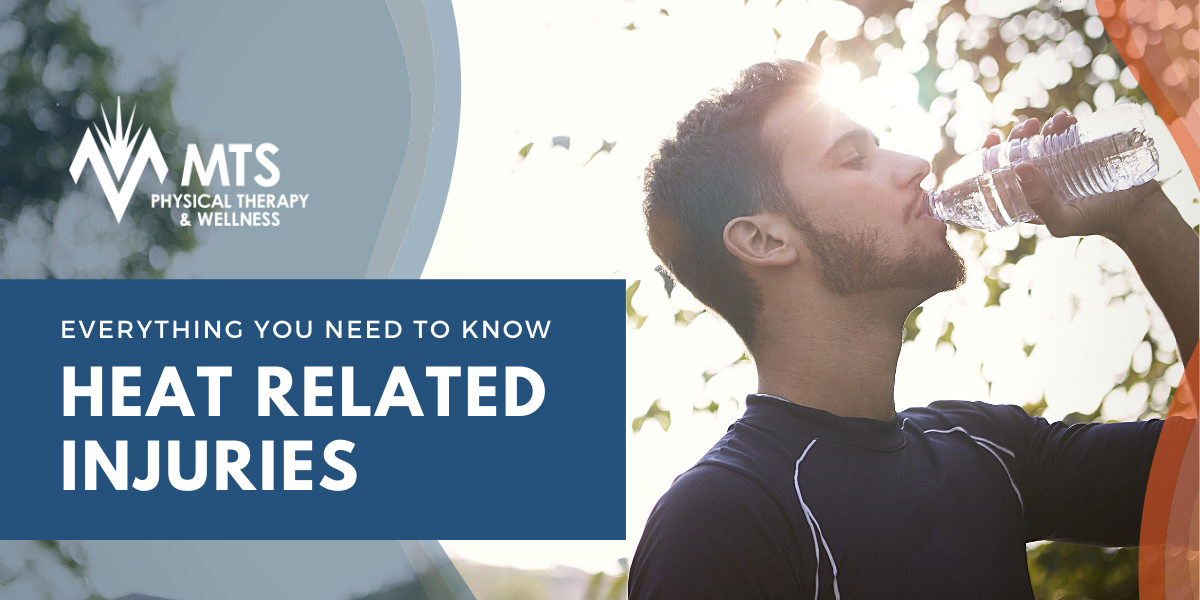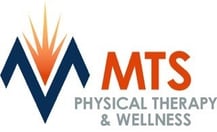
As summer approaches, days not only become longer, but readings on thermometers may rise to dangerous levels. As the frequency of outdoor activities increase during this time of year, it is important for all individuals to recognize the signs and symptoms of various heat illnesses.
Heat illnesses include dehydration, heat cramps, heat exhaustion, and exertional heat stroke.
In this article, the factors predisposing an individual to heat illness along with the different types of heat conditions will be discussed.
Heat illness Risk Factors
Risk factors that predispose an individual to heat illness are classified as intrinsic or extrinsic. Most of these risk factors are modifiable and are the means for preventing heat illness!
Intrinsic Risk Factors
- History of heat illness
- Inadequate heat acclimatization
- Higher percentage body fat
- Low fitness level
- Dehydration or over-hydration
- Presence of a fever
- Presence of gastrointestinal illness
- Salt Deficiency
- Skin Condition
- Ingestion of certain medications or supplements
- Motivation to push self/warrior mentality
- Reluctance to report problems, issues, illness, etc.
Extrinsic Risk Factors
- Intense or prolonged exercise with minimal breaks
- High temperature/humidity/sun exposure
- Inappropriate work/rest ratios
- Lack of education and awareness of heat illness
- No emergency plan
- Limited duration and number of rest breaks
- Minimal access to fluids before and during activity
- Delay in recognition of early warning signs
Top 4 Common heat illnesses in active individuals
Common heat illnesses in active individuals include dehydration, heat cramps, heat exhaustion, and exertional heat stroke.
1- Dehydration
Dehydration can occur when individuals don’t replenish lost fluids. Dehydration as minimal as 2% body weight loss (BWL) can hinder performance and thermo-regulatory function.
In addition, dehydration at levels of 3-4% of body mass loss can reduce muscle strength by an estimated 2%.
signs and symptoms
Common signs and symptoms of dehydration include dry mouth, thirst, irritability, headache, weakness, dizziness, cramps, chills, vomiting, nausea, fatigue, and decreased performance.
2- Heat (muscle) cramps
The second type of heat illness is heat (muscle) cramps, which tend to occur later in activity with muscle fatigue after fluid and electrolyte imbalances are increased.
Dehydration, a diet poor in minerals, and large losses of sodium and other electrolytes increase the risk of severe, whole body muscle cramps.
signs and symptoms
The hallmark sign of this condition is intense pain in muscles with persistent muscle contractions after prolonged exercise.
3- Heat exhaustion
The next type of heat illness is heat exhaustion. Heat exhaustion is a moderate heat illness that occurs when an individual continues physical activity after they start suffering the ill effects of heat, like dehydration.
The individual’s body struggles to keep up with the demands, leading to heat exhaustion.
Signs and symptoms
Signs and symptoms of heat exhaustion may include physical fatigue, dehydration, electrolyte depletion, coordination loss, fainting, dizziness, profuse sweating, pale skin, headache, nausea, vomiting, diarrhea, stomach/intestinal cramps, and rapid recovery with treatment.
4- Exertional heat stroke (EHS)
Exertional heat stroke (EHS) is the final type of heat illness and is considered the most severe.
Exertional heat stroke occurs when an individual’s body creates more heat than it can release due to the strain of exercising in the heat. This results in a rapid increase in core body temperature, which can lead to permanent disability or even death if left untreated.
Signs and symptoms
The significant signs and symptoms include increase in core body temperature above 104° F and central nervous system dysfunction (CNS), such as altered consciousness, seizures, confusion, emotional instability, irrational behavior or decreased mental acuity.
Additional signs and symptoms may include nausea, vomiting, diarrhea, headache, dizziness, weakness, hot and wet or dry skin, increased heart rate, decreased blood pressure, fast breathing, dehydration, and combativeness.
How to Treat a heat stroke
It is critical to know that the appropriate treatment for heat stroke is AGGRESSIVE AND IMMEDIATE whole-body cooling.
-
Cold water immersion (35°-38° F) within minutes is the best treatment until core temperature reaches 101° -102° F.
-
If immersion is not possible, individuals may use alternate methods for cooling, such as spraying the body with cold water, fans, ice bags, or frequently replaced cold towels.
-
Emergency medical services should be contacted immediately for transport to medical facility. Bystanders should continue to monitor airway, breathing, circulation, core temperature, and central nervous system (CNS) function until advanced medical help arrives.
6 tips on How To Prevent Heat Illnesses
In conclusion, many risk factors can be modified to prevent an individual from succumbing to heat illness. It is imperative that individuals be able to recognize and appropriately manage these serious conditions.
Below are some tips that individuals can follow to remain safe when exercising in warm, humid environments.
-
Stay appropriately hydrated. Hydrate properly before, during and after exercise.
-
Schedule frequent fluid breaks and increase the frequency of breaks as heat and humidity levels rise.
-
Know the signs and symptoms of heat illness and report them to healthcare providers.
-
Know that nutritional supplements can have a negative impact on hydration - nutritional supplements (especially those with caffeine) and certain medications (antihistamines, decongestants, certain asthma medication, diuretics and alcohol) can both have a negative impact on hydration.
-
Be aware of temperature and humidity levels. Change activity length, intensity and equipment use as the levels rise.
-
Have an emergency action plan for obtaining medical services if necessary and follow appropriate return to activity guidelines after heat illness.
Learn More
Contact us for any questions regarding heat related injuries and how our team of experts can help you.
References:
National Athletic Trainers’ Association (NATA). Environmental Conditions.
Retrieved from https://www.nata.org/professional-interests/job-settings/college-university/resources/10-10
National Athletic Trainers’ Association Position Statement: Exertional Heat Illnesses (2015)
https://www.nata.org/practice-patient-care/health-issues/heat-illness
ABOUT MTS Physical Therapy & WEllness

MTS offers full physical therapy services, along with all inclusive wellness and gym memberships serving the Acadiana Area. Our approach is a concept that embraces all aspects of a person’s needs. We help you better understand the importance of body, mind and soul to your overall well-being.
With complete physical therapy services, relaxed settings, and supportive and encouraging staff at all locations, we will make it possible for you to get back to living LIFE again!







